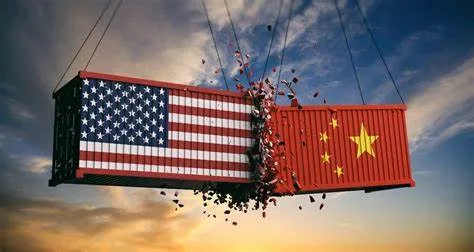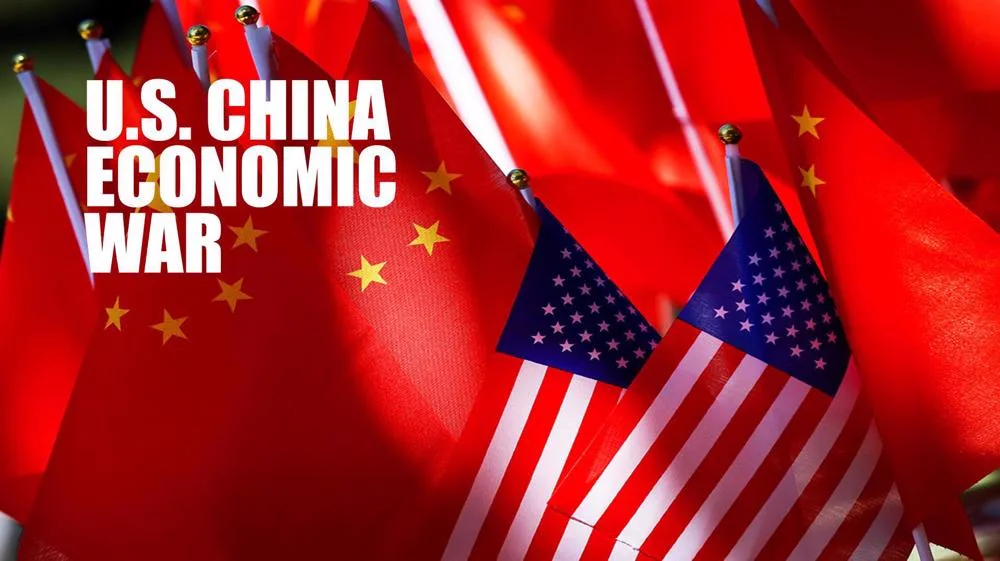Despite the absence of formal negotiations, U.S. President Donald Trump has declared his intention to reduce tariffs on Chinese imports, signaling a possible easing of trade tensions between the two economic giants. The announcement comes amid ongoing economic challenges, with the U.S. administration expressing optimism about future negotiations.
Currently, the United States imposes a 145% tariff on Chinese imports, while China has responded with a 125% tariff on U.S. exports. Although certain products, such as smartphones and semiconductors, enjoy temporary exemptions, a broad 20% tariff remains in place. Trump’s latest remarks suggest a significant reduction in these tariffs, though he emphasized that they will not be eliminated entirely.

Trump justified the decision by stating that the existing tariff rates are excessively high, describing the 145% tariff as “very high” and assuring that it “will not be as high” moving forward. However, he clarified that tariffs will not return to zero, arguing that previous low rates had allowed China to harm the U.S. economy.
The president also stressed the importance of China engaging in a trade deal, asserting that “ultimately, they have to make a deal because otherwise, they won’t be able to negotiate in the United States”. This stance aligns with his broader strategy to push other nations to negotiate under U.S. terms.
Despite the U.S.’s overtures, China has yet to formally propose any terms or enter negotiations. However, analysts note that China has selectively avoided imposing tariffs on certain sectors, such as aviation products and industrial chemicals, which could be interpreted as a tacit acknowledgment of U.S. demands.

Economic experts highlight the internal challenges faced by Chinese President Xi Jinping, who may struggle to justify concessions to the Chinese public. Additionally, China’s economy is showing signs of strain, with declining consumer and producer prices, a shrinking GDP, and reduced tax revenues amid trade restrictions. These pressures, coupled with increased tariffs from other countries like India, further complicate China’s economic outlook.
As the global trade landscape continues to evolve, all eyes remain on Washington and Beijing, awaiting further developments in this high-stakes economic standoff.
